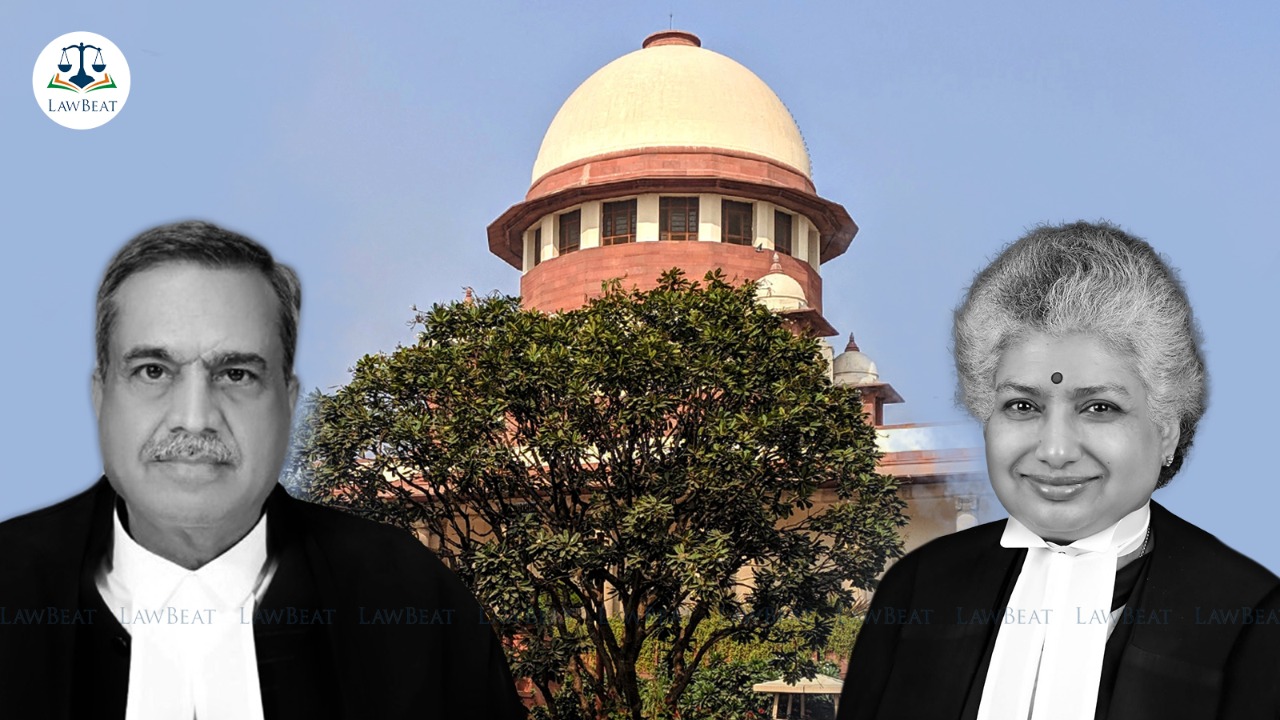Powers exercisable by District Magistrate, Chief Metropolitan Magistrate u/s 14 SARFAESI Act a ministerial step, no application of mind required: Top Court

The Top Court has upheld the view of the Bombay High Court in holding that DM and CMM are not a persona designate for the purposes of Section 14 of the SARFAESI Act and the expression “District Magistrate” and the “Chief Metropolitan Magistrate” as appearing in Section 14 shall deem to mean and include Additional District Magistrate and Additional Chief Metropolitan Magistrate for the purposes of Section 14.
The Supreme Court on Wednesday held that the powers exercisable by the District Magistrate (“DM”) and the Chief Metropolitan Magistrate (“CMM”) under Section 14 of the Securitisation and Reconstruction of Financial Assets and Enforcement Security Interest Act, 2002 (SARFAESI Act) is a ministerial act.
Section 14 of the SARFAESI Act, mandates that the CMM/DM has to act within the stipulated time limit and pass a suitable order for the purpose of taking possession of the secured assets within a period of 30 days from the date of application which can be extended for such further period but not exceeding in the aggregate, sixty days.
In light of the said provision, the top Court has observed that the powers exercised by the CMM/DM is a ministerial act.
“He cannot brook delay. Time is of the essence. This is the spirit of the special enactment”, a bench of Justice MR Shah and Justice BV Nagarathna has held.
The division bench has further observed that while disposing of the application under Section 14 of the SARFAESI Act, no element of quasi-judicial function or application of mind would require.
“The Magistrate has to adjudicate and decide the correctness of the information given in the application and nothing more. Therefore, Section 14 does not involve an adjudicatory process qua points raised by the borrower against the secured creditor taking possession of secured assets”, the bench has said.
Top Court made these observations while dismissing an appeal filed by M/s RD Jain and Co. which had challenged the Bombay High Court’s interpretation of Section 14.
The High Court had in its impugned judgment held that DM and CMM are not a persona designate for the purposes of Section 14 of the SARFAESI Act and the expression “District Magistrate” and the “Chief Metropolitan Magistrate” as appearing in Section 14 shall deem to mean and include Additional District Magistrate and Additional Chief Metropolitan Magistrate for the purposes of Section 14.
Top Court noted that by Act 1 of 2013, Section 14 (1A) had been inserted by which now, while exercising the powers under Section 14 of the SARFAESI Act, the District Magistrate or the Chief Metropolitan Magistrate may authorise any officer subordinate to him to take possession of such assets and documents relating thereto; and to forward such assets and documents to the secured creditor.
Court also considered another question, i.e., whether, the Additional Chief Metropolitan Magistrate can be said to be subordinate to the Chief Metropolitan Magistrate.
After perusing Sections 11, 12, 15, 16, 17, 19 and 35 of CrPC, court noted that the Additional Chief Metropolitan Magistrate can be said to be at par with the Chief Metropolitan Magistrate in so far as the powers to be exercised under the CrPC are concerned.
“The Chief Metropolitan Magistrate in addition, may have administrative powers. However, for all other purposes and more particularly the powers to be exercised under the CrPC both are at par. Therefore, the Additional Chief Metropolitan Magistrate cannot be said to be subordinate to the Chief Metropolitan Magistrate in so far as exercise of judicial powers are concerned”, the bench added.
Furthermore, while addressing the increase in number of pending applications under Section 14, the Supreme Court held that it would be practically impossible for the concerned CMM/DM to decide the application under Section 14 expeditiously and within the time stipulated.
Holding that there was no element of exercise of adjudicatory powers under Section 14, Court agreed with the view taken by the Bombay High Court.
Also, the contrary views in this regard as taken by the High Courts of Gujarat, Kerala and Calcutta have been specifically overruled.
Case Title: M/s R.D. Jain and Co. vs. Capital First Ltd. & Ors.
